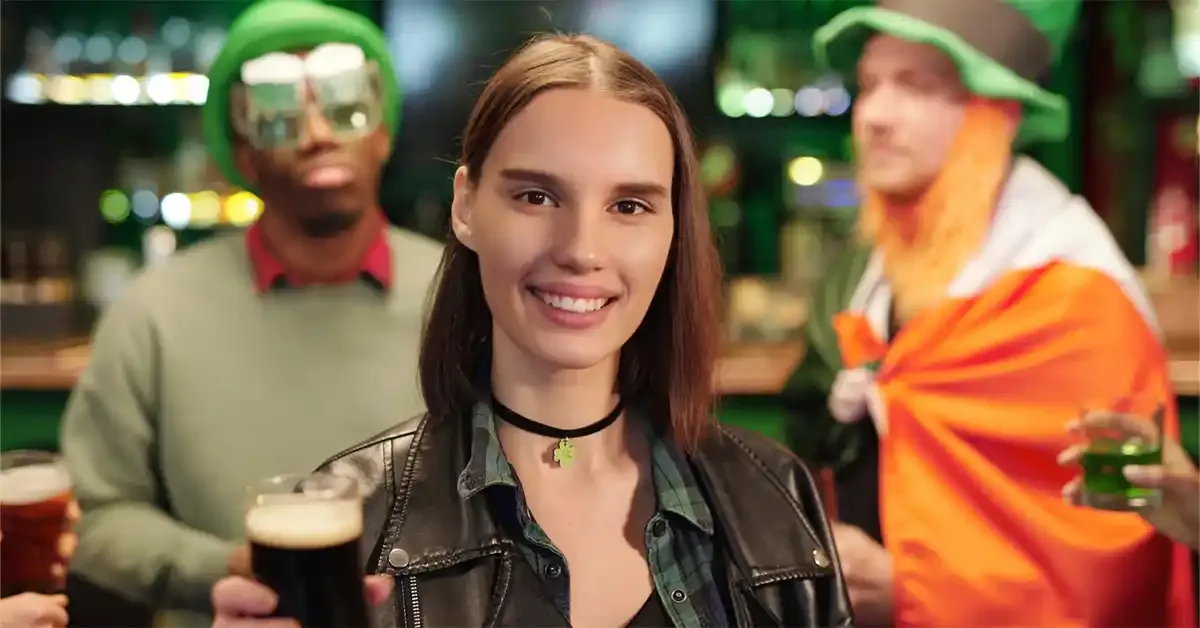Deepfakes Are Nearly Impossible to Detect
technology
In today’s world, where artificial intelligence can generate images and videos so convincing that they easily deceive us, the question is no longer if we will be fooled—but when. Many people believe they are immune to fake content, but recent research proves otherwise. The vast majority simply cannot distinguish reality from deception.
Only 0.1% of People Can Identify Deepfakes
iProov, a company that describes itself as the “world’s leading provider of scientifically-backed biometric authentication solutions,” conducted a study to test how well people can detect deepfakes—AI-generated media designed to look and sound real. The results were, to say the least, alarming.
Deepfakes are used for entertainment, misinformation, and even financial fraud. From celebrities “singing” songs they never recorded to politicians “saying” things they never actually said, the line between real and fake is disappearing.
The study involved 2,000 participants from the US and UK, who were given a simple task: identify whether the images and videos they were shown were real or deepfake-generated.
The result?
Only two participants—just 0.1% of people—achieved a perfect score.
"Only 0.1% of people could correctly identify deepfakes, which highlights how vulnerable both organizations and individuals are in the AI era. Even when people suspect something is a deepfake, most do nothing about it. Criminals exploit this vulnerability, putting our personal data and financial security at risk," warns Andrew Bud, CEO of iProov.
How Good Are You at Detecting Fakes?
Before writing this article, we decided to take the iProov deepfake detection quiz ourselves.
The result?
9 out of 10 correct answers in just 44 seconds.
Impressive? Maybe.
But even though we were quick and fairly accurate, we still got one wrong. Another clear reminder of how prone humans are to mistakes, even when we think we’ve “figured out the system.”
Think you can do better than the average person?
Take the quiz. If you spot all 10 deepfakes, you’ll be among the elite 0.1% of people who succeeded. If not—well, at least you’re in good company.
Why Does This Matter?
Deepfakes are no longer just social media tricks or memes. They have evolved into powerful tools for spreading fake news, manipulation, and fraud.
Technology is advancing faster than society is prepared to admit, and the potential for abuse is massive.
At the end of the day, the real question isn’t "Can you spot a deepfake?"
The real question is—
"Will you notice before it’s too late?"
SIMILAR ARTICLES
Microsoft celebrates its 50th anniversary
On April 4 2025 Microsoft celebrates its 50th anniversarya milestone not many companies reach let alone with such continued relevance and influence From a tiny startup cofounded by Bil ...
READ THE ARTICLE4 Key Differences Between OLED and QD-OLED Displays
Display technology continues to evolve rapidly often leaving consumers wondering which option is truly better Youve likely heard of OLED Organic LightEmitting Diode screensrenowned for thei ...
READ THE ARTICLEWhy You Don’t Need a New Phone Every Year
Everyone has their own approach when it comes to upgrading smartphones Some people keep their phones until they no longer function while tech enthusiasts often cant wait to grab the latest model ea ...
READ THE ARTICLE

